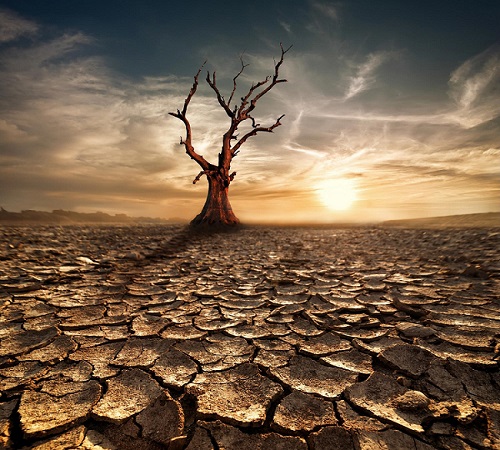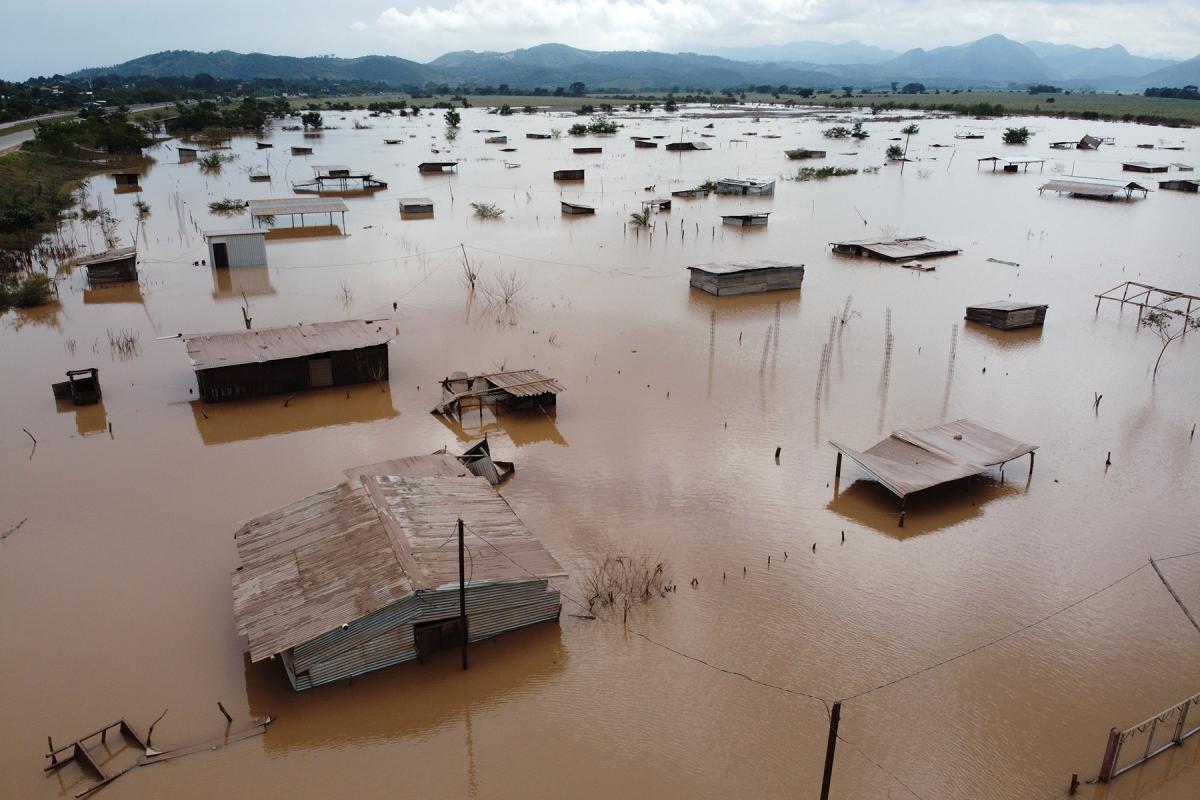It was in January this year when Union environment minister Prakash Javadekar said India is the only country to keep its commitments on climate action, despite accounting for only 6-7 percent of world’s total carbon emissions.
It was a significant statement.
The minister admitted again this week that unbridled carbon emissions especially by Europe and the US over the last 200 years, and in the last 40 years by China have caused the climate disaster. The minister also admitted that New Delhi’s contribution to climate change in the last 200 years has been only three per cent.
So it is clear that climate change is the next big issue to be debated across the world and India is in the thick of it. On paper, developed nations owe $1.1 trillion to developing nations as a part of the climate change mitigation under the Paris Agreement.
The rich nations, claimed Javadekar, promised to provide $100 billion each year to help developing nations combat climate change. But nothing has come in the last 11 years.
Melting glaciers, rising sea levels, dying cloud forests, and struggling wildlife are causing concerns. It is clear that by releasing heat-trapping gases, people have triggered much of the warming of the past century.
In short, climate change not only entails rising average temperatures, but also severe weather events, changing populations and ecosystems, rising oceans, and a host of devastating impacts.

Despite the Kyoto Protocol and subsequent efforts, the environment continues to be at risk.
The Kyoto Protocol and the Paris Agreement (which is set to replace the former in December 2020) need immediate reformation if we are to see substantial differences.
A major concern with the protocol and the agreement is the fact that binding targets are not in place for developing nations, which have seen unprecedented growth in emissions due to rapid industrialisation.
The problems with the Kyoto Protocol is that exemption of developing countries, such as China and India, from having to reduce their greenhouse gas emissions has been widely criticised, especially by Washington. But then, developed countries were major emitters of greenhouse gases at the time of the protocol’s formation and even now. Worse, the protocol does not focus on long term solutions. Instead, there is too much focus on short term targets allowing countries to meet their emission reduction standards.
Celebrated author Amitav Ghosh in his book The Great Derangement: Climate Change and the Unthinkable said the Laissez Faire ideas are still dominant in the anglosphere and are still central to the Climate Crisis. If emissions of some countries were to be curbed and others were to rise, especially in the possession of a large number of Carbon Credits, then it is ideally a funnel leading to redistribution of power.
So, Climate Change is not just a threat but a threat multiplier that can potentially deepen the already existing divisions and lead to intensification of a range of conflicts. Perhaps the main obstacle to mitigatory action is the distribution of power in nation states lying at the core of the issue of Climate Change.
The impetus for industrialisation in countries, part of the trajectories of decolonization and the historical legacy of the conflicts also embedded in the climate negotiations.
The Paris Agreement does not lay out the premises on which targets are based. Again, technological advances to keep Greenhouse gases out of the atmosphere and bury them deep underground are still nascent. Worse, there isn’t the slightest acknowledgement of the things gone wrong, provisions to solve the crisis continue to remain in files.
So what is the alternative?
Instead of the Cap and Trade system that allows developed countries continue business as usual and are expected to purchase indulgences to give small amounts of money to developing countries in forms of offsets and adaptation funds, a progressive carbon tax must be established that would begin at 1$ per gallon of petrol and revenues would be directly returned to the members of the public as a dividend inversely proportional to the carbon footprints.
Developed countries must put a limit on profits and re-invest the surplus trade profits in the investment of newer technologies. For example: There is a software in Australia called Gofar that is responsible for measuring the amount of fuel/ carbon emitted by the vehicle and provides the driver and the owner of the vehicle regular feedback on the same. As of now, it is available only for private vehicles but through international funding through IMF and World Bank, such a technology should be made accessible to all vehicles especially oriented towards developing countries.
International Climate Finance should be used as a lever to incentivise climate resilient low carbon investments, complementing domestic resources in developing countries.
As for India, the nation needs an outpouring passion for Climate Change, it has not happened despite the existence of innumerable environmental organisations. Political energy has increasingly come to be focused on issues that relate to questions of religion, caste, gender rights etc.
It is evident in the ignorance and the lack of action taken by the respective governments for the victims of the Amphan, and Yaas cyclones. There must be programs launched to promote climate literacy in these areas and as proposed by the Haryana Government; District Irrigation Plans leading to the creation of the State Irrigation Plan (SIP) are being worked upon to maximize the development of water sources within the irrigation network. This ensures solutions to water shortages through rainwater harvesting, distribution networks and by improving efficiencies within farming technologies.
Everything else will fall in place.

